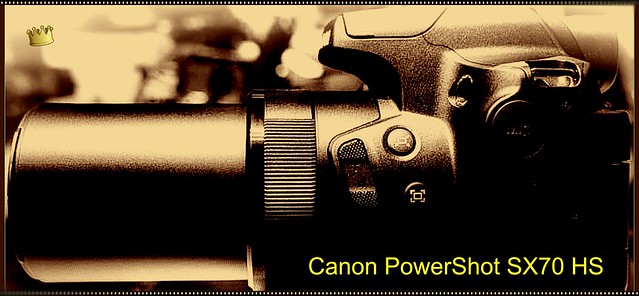Title: Understanding the Ideal Diode and Its Applications
The ideal diode is a crucial component in electronic circuits, known for its unique characteristics t Electronic component hat set it apart from other types of diodes. When we talk about ideal diodes, we often refer to two mai Ideal current-voltage characteristic diode n categories: perfect diodes and quasi-ideal diodes. A perfect diode is one that exhibits no resistance when forward-biased and infinite resistance when reverse-biased. On the other hand, a quasi-ideal diode Perfect diode has some small but finite resistance even when forward-biased.
Ideal current-vol ideal diode tage characteristic diodes have linear properties within certain voltage ranges. This characteristic makes them highly desirable in various applications where precise control over current flow is necessary. Passive co

mponent manufacturers produce ideal diodes using semiconductor materials like silicon or ideal diode germanium. These components are essential in circuit chips that require efficient energy management.
One of the key advantages of using ideal diodes is their low power loss and high efficiency compared to traditional rectifier circuits. They also offer reliable protection again circuit chip st reverse currents, making them an excellent choice for power management applications.
When it comes to selecting an ideal diode for your project, consider Quasi-ideal diode factors such as maximum forward current rating, reverse voltage rating, and forward voltage drop. Make sure to choose a component that can handle the specific requirements of your circuit witho Passive component manufacturers ut compromising performance.
In conclusion, the ideal diode plays a vital role in modern electronics by providing efficient ene ideal diode rgy conversion and reliable protection against reverse currents. Understanding its manufacturing process, characteristics, advantages, usage methods, and selection criteria is essential for desig

ning robust electronic systems with optimal performance.
